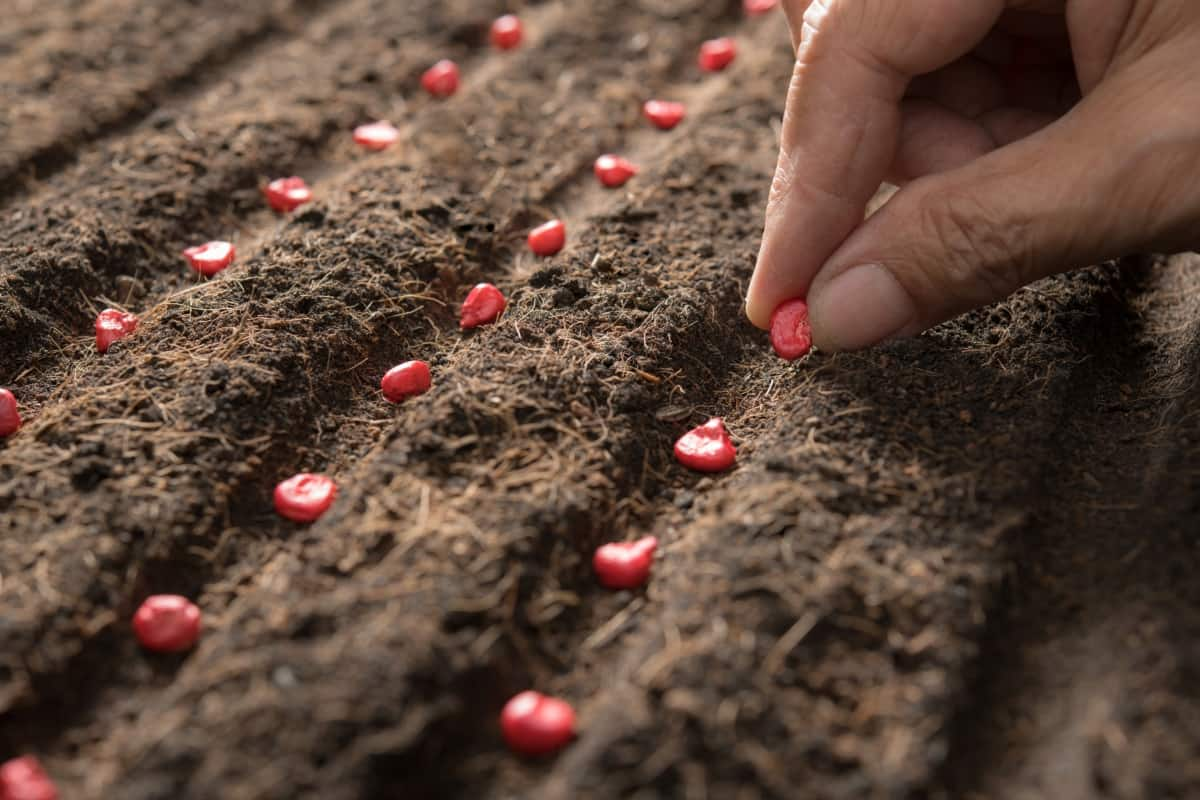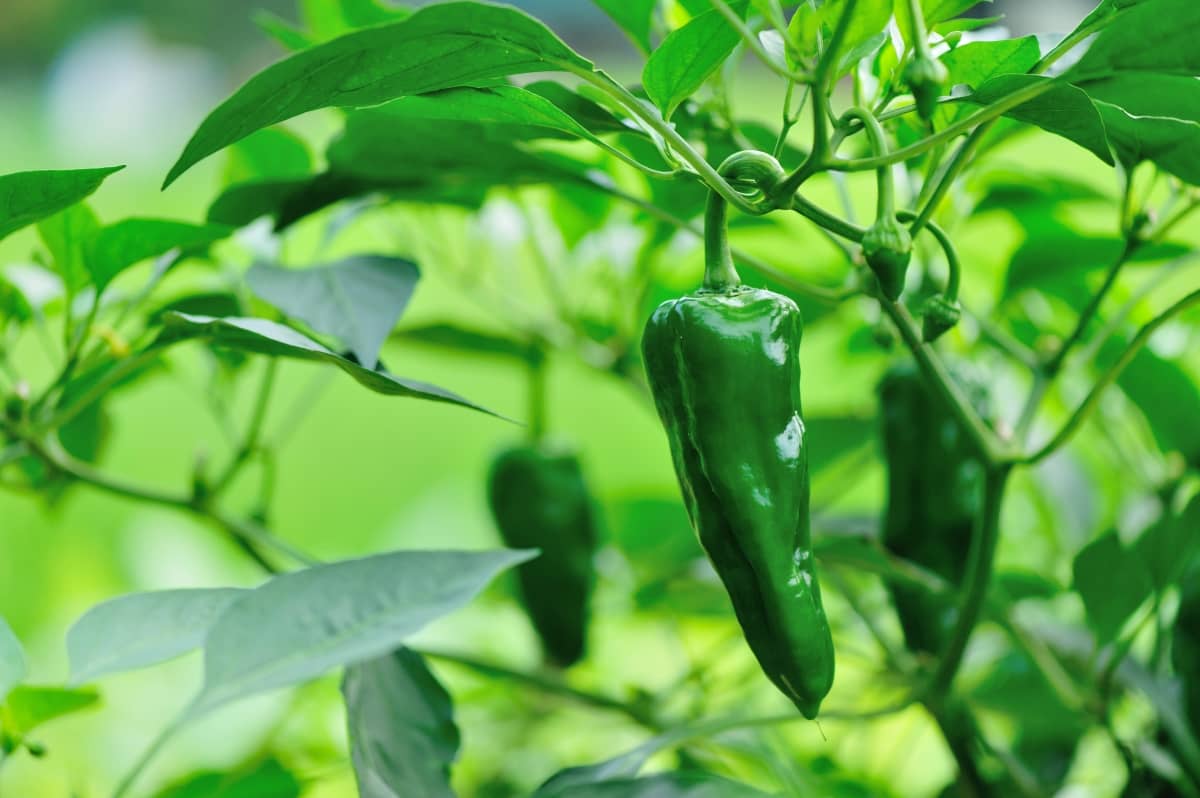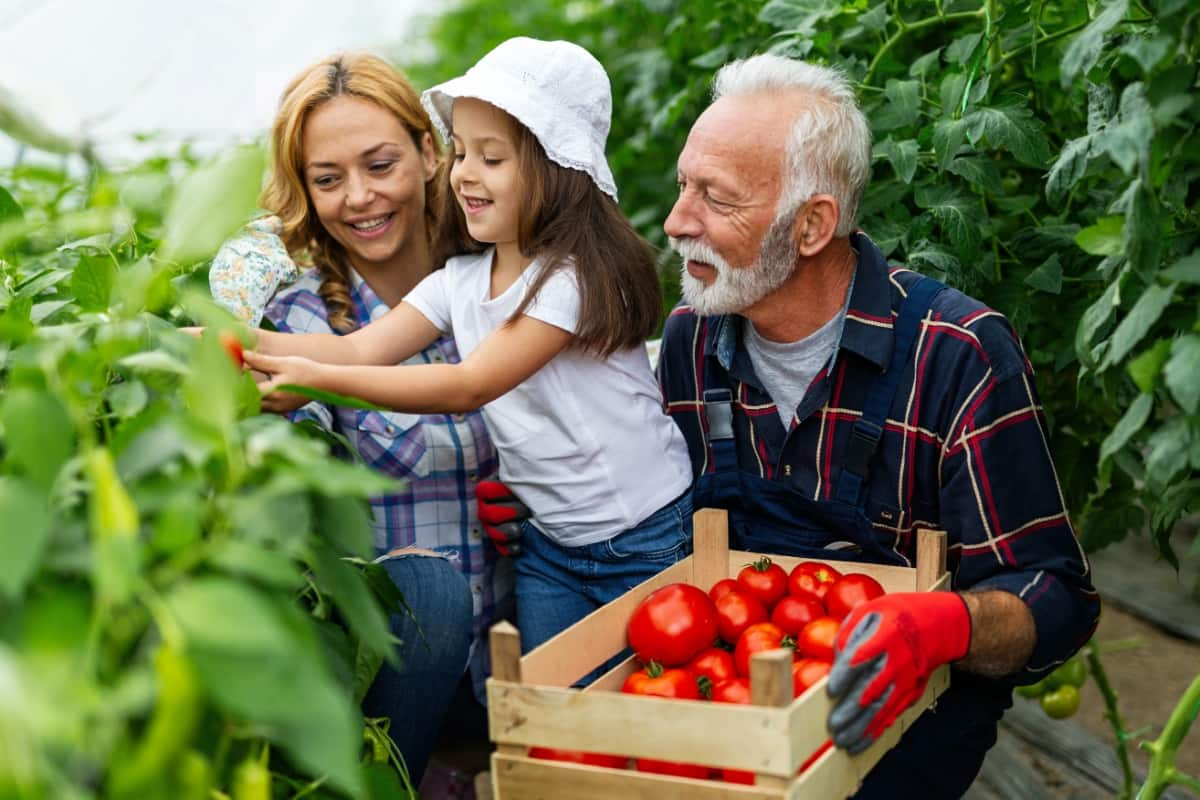Central California, renowned for its fertile valleys and Mediterranean-like climate, provides a vibrant tapestry of gardening opportunities. Whether you are an amateur backyard grower or a seasoned gardener, understanding the area’s unique growing conditions is crucial to planning your vegetable planting calendar. In Central California, vegetable gardening can be a year-round activity if appropriately planned and executed.

Central California Vegetable Gardening
Central California Vegetable Planting Calendar
| Month | Vegetables to Plant |
| January | Asparagus, Garlic, Onion, Peas |
| February | Asparagus, Beets, Carrots, Lettuce, Radish, Spinach |
| March | Beans, Broccoli, Cabbage, Carrots, Corn, Peppers, Tomatoes |
| April | Beans, Corn, Cucumbers, Melons, Peppers, Summer Squash, Tomatoes |
| May | Beans, Corn, Cucumbers, Eggplant, Melons, Peppers, Pumpkin, Summer Squash, Tomatoes, Winter Squash |
| June | Beans, Corn, Cucumbers, Eggplant, Melons, Peppers, Pumpkin, Summer Squash, Tomatoes, Winter Squash |
| July | Beans, Corn, Cucumbers, Eggplant, Melons, Peppers, Pumpkin, Summer Squash, Tomatoes, Winter Squash |
| August | Beans, Beets, Broccoli, Cabbage, Carrots, Cauliflower, Lettuce, Peas, Radish, Spinach, Turnip |
| September | Beets, Broccoli, Cabbage, Carrots, Cauliflower, Garlic, Lettuce, Onion, Peas, Radish, Spinach, Turnip |
| October | Garlic, Onion, Peas, Radish, Spinach, Turnip |
| November | Garlic, Onion |
| December | Garlic, Onion |
Best Vegetables to Plant in Central California
The climatic conditions in Central California foster the successful cultivation of a wide variety of vegetables. Optimal vegetables for this region encompass tomatoes, peppers, squash, cucumbers, and melons during warm seasons. Leafy greens like lettuce, spinach, and kale, along with root vegetables such as carrots, beets, and onions, thrive in cooler months.
Additionally, more uncommon crops like artichokes and asparagus have proven to flourish in this area. With the distinctive climate present, achieving a continuous yearly harvest of vegetables is possible. However, the key to prosperous gardening lies in understanding the appropriate planting times for these crops.
When to Plant Vegetables in Central California
Understanding Central California’s seasons and climate patterns is vital for determining when to plant various vegetables. As a rule of thumb, warm-season vegetables such as tomatoes, peppers, cucumbers, squash, and melons should be planted after the last spring frost, typically between late March and early April.
These vegetables love the sun and thrive in temperatures between 60 and 95 degrees Fahrenheit. On the other hand, cool-season vegetables like leafy greens, root vegetables, peas, and broccoli should be planted during the fall and early winter. These vegetables prefer cooler temperatures and can often tolerate light frosts, making them ideal candidates for the Central California winter months.
Central California Planting Guide for Vegetables
Following a planting guide specific to Central California will be your best aid in this activity. You can start planting cool-weather crops like peas, broccoli, spinach, lettuce, and other leafy greens in January and February. Root vegetables like carrots, beets, and radishes can be sown in the current months as well.
It’s time to start planting warm-season vegetables such as tomatoes, peppers, cucumbers, and zucchini in March and April. May and June are ideal for planting heat-loving vegetables like corn, melons, and squash. In September and October, it is opportune to resume planting cool-season crops, including spinach, lettuce, kale, and peas. Root vegetables can also be planted during these months to ensure a continuous harvest throughout the winter.
Year-Round Vegetable Gardening in Central California
With proper planning, vegetable gardening in Central California can be year-round. Succession planting and intercropping, where you grow two or more crops in the same space, can ensure a continuous harvest throughout the year. When one crop finishes yielding, another is ready to take its place.
In case you missed it: South California Vegetable Gardening/Planting Calendar: Know What to Grow in Different Seasons and Months

Organic Vegetable Gardening in Central California
Organic gardening is a wholesome approach that can greatly improve the quality of your harvest. Utilizing organic fertilizers and employing effective pest control techniques enables the mitigation of detrimental chemicals both in your garden and in the food you consume. It also helps build healthy, nutrient-rich soil that can support plant growth better than synthetic fertilizer. Composting kitchen waste, mulching, and crop rotation are some effective organic gardening strategies you can employ.
Drought-Tolerant Vegetables for Central California
Drought-tolerant vegetables are an excellent choice for Central California, given its propensity for dry periods. Plants like Swiss chard, asparagus, and certain beans and tomatoes can thrive with less water than other crops. Eggplants, squash, and peppers also demonstrate reasonable drought tolerance. When choosing which vegetables to grow, it’s important to consider their water requirements, especially in drought-prone areas. However, even drought-tolerant crops need watering, so installing a reliable, water-efficient irrigation system is essential.
Companion Planting in Central California Vegetable Gardens
Companion planting is a gardening practice where different plant species are grown together for mutual benefit. This approach can help deter pests, enhance growth, and improve flavor. In Central California, several traditional companion planting combinations are commonly used. For instance, one effective combination involves planting basil alongside tomatoes.
This pairing improves the tomatoes’ taste and acts as a natural deterrent to pests. Another beneficial combination is the planting of beans alongside corn. In this case, the beans have the ability to enrich the soil with nitrogen, which the corn can utilize for its growth. Companion planting adds diversity to your garden, which can help attract beneficial insects and improve soil health.
Cool-Season Vegetables for Central California
Cool-season vegetables are an integral part of the Central California vegetable gardening calendar. These vegetables are typically planted in late summer or early fall and harvested in winter and early spring. Some of the most common cool-season vegetables include leafy greens like spinach, kale, and lettuce, which can be harvested throughout the winter, and root vegetables like radishes, carrots, and beets.
Cruciferous vegetables like broccoli, cauliflower, and cabbage are also well-suited for the cooler months. These crops prefer the cooler temperatures of fall and winter, and many can withstand light frosts, making them excellent choices for extending the gardening season.
Vegetable Gardening Tips for Central California
- Understand the difference between cool-season and warm-season vegetables and when to plant each. Remember, cool-season vegetables can often be grown in the fall and winter, while warm-season vegetables prefer the spring and summer.
- Consider installing a drip irrigation system or employing soaker hoses to optimize water utilization, particularly in regions susceptible to drought.
- Use organic gardening practices, such as organic fertilizers and pest control methods, to create a healthier garden and yield more nutrient-rich vegetables.
- Consider companion planting to deter pests, enhance growth, and improve flavor.
- Remember to rotate your crops yearly to prevent the buildup of pests and diseases and maintain soil fertility.
In case you missed it: Western California Vegetable Gardening/Planting Calendar: Know What to Grow in Different Seasons and Months

Conclusion
The moderate Mediterranean climate of Central California provides a unique opportunity for year-round vegetable gardening. You can enjoy a bountiful harvest throughout the year by understanding the best vegetables to plant, the right time to plant them, and employing effective gardening strategies.
- Feed Your Flock for Less: Top 10 Tips to Save on Chicken Feed
- Ultimate Guide to Ossabaw Island Hog: Breeding, Raising, Diet, and Care
- Hatching Answers: The Top 10 Reasons Your Chickens Aren’t Laying Eggs
- Eggs and Economics: Breaking Down the Cost of Raising Backyard Chickens
- Defend Your Greens: Proven Methods to Keep Iguanas Out of Your Garden
- Ultimate Guide to Cinnamon Queen Chicken: A Comprehensive Guide for Beginners
- Ultimate Guide to California Tan Chicken: Breeding, Raising, Diet, Egg-Production and Care
- Ultimate Guide to Marsh Daisy Chicken: Breeding, Raising, Diet, and Care
- 10 Types of Chicken Farming Businesses You Can Start for Profits